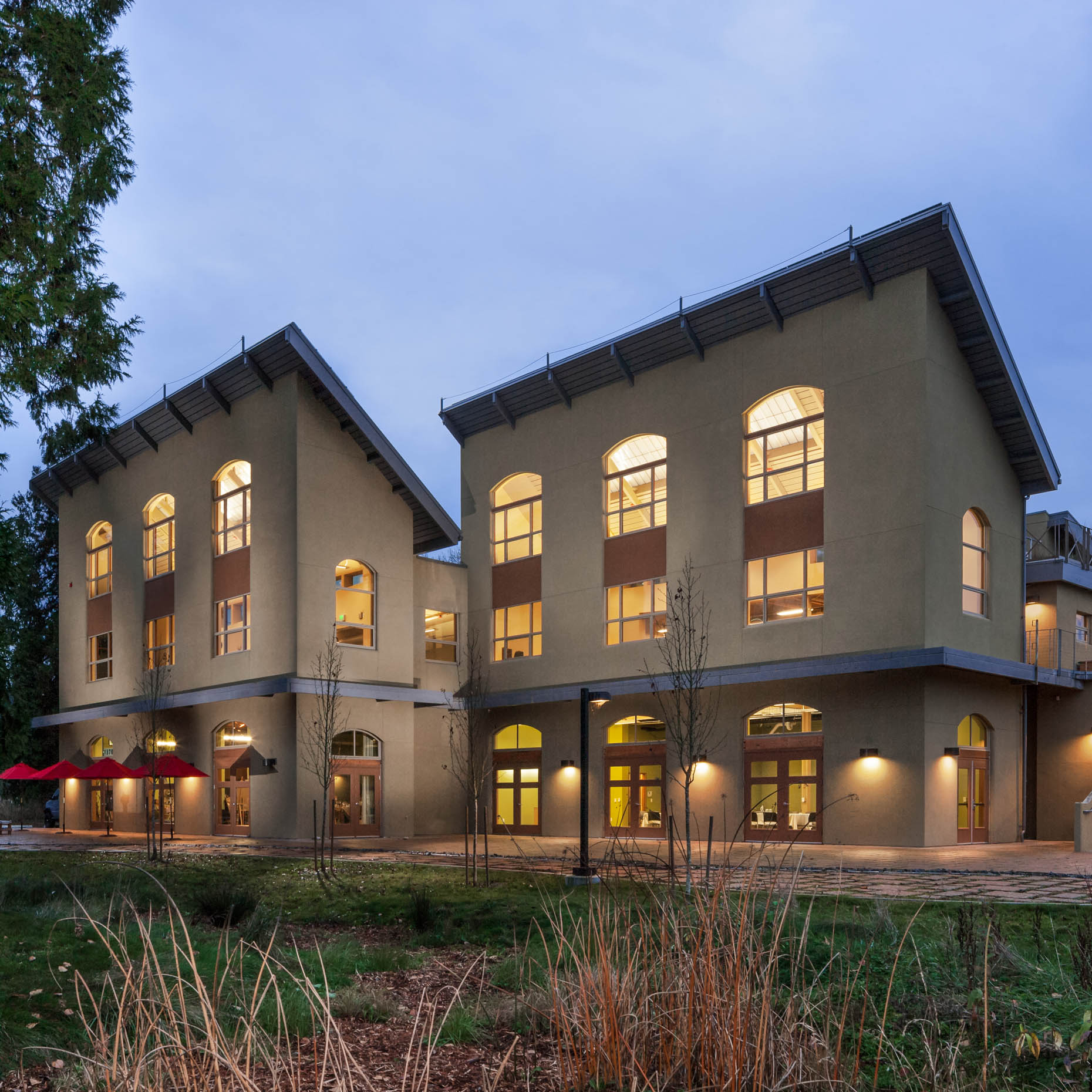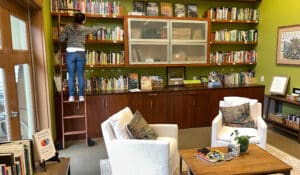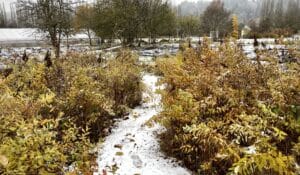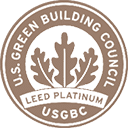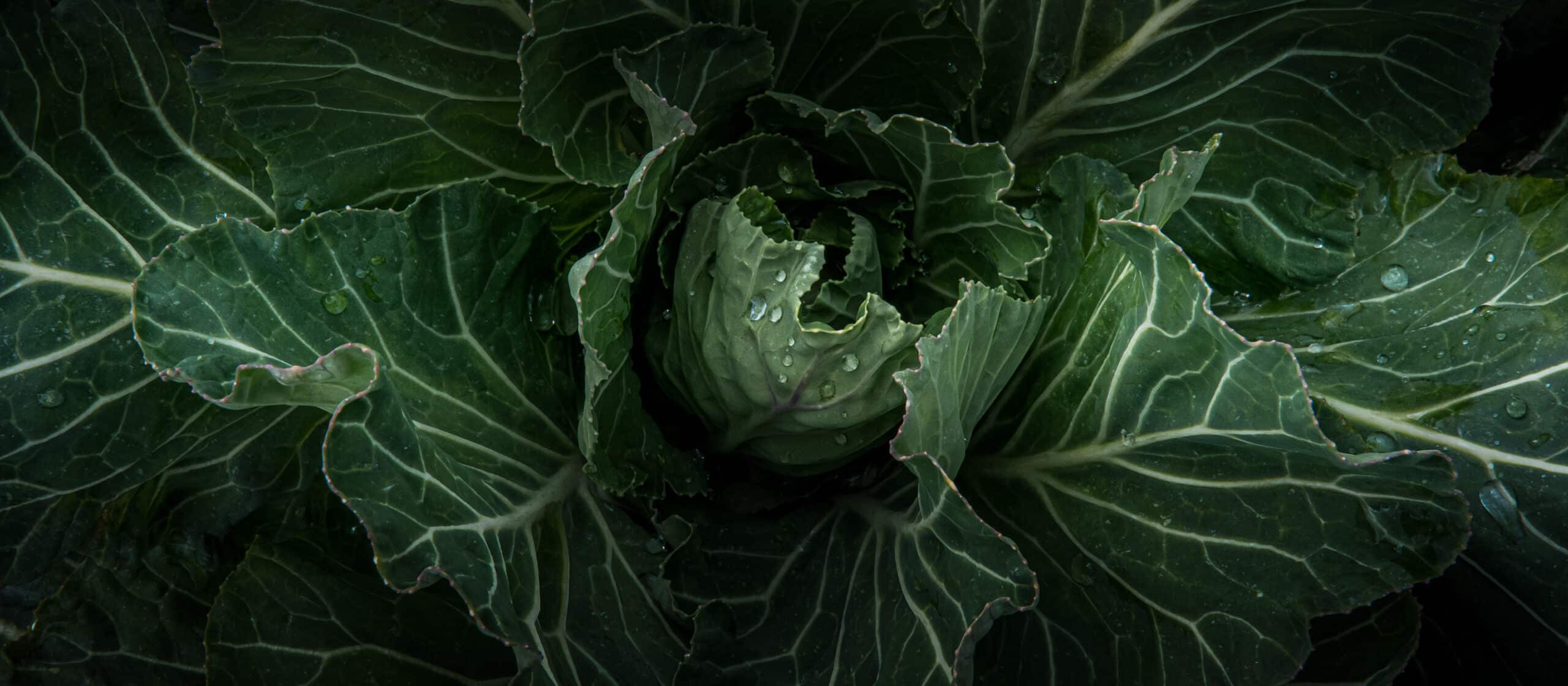
21 Acres Achieves LEED Platinum
21 Acres Achieves LEED Platinum
- posted on: December 10, 2013
- posted by: 21 Acres
"*" indicates required fields

Photographs by Sozinho Imagery
All of us at 21 Acres are so pleased to announce today that we were awarded LEED ® Platinum certification by the U.S. Green Building Council (USGBC) in the category of LEED for New Construction v2.2 rating system. Our 12,000 square foot building was awarded the highest Leadership in Energy and Environmental Design certification for its integration of innovative building and on-site systems.
When we received the initial phone call we were thrilled and telling anyone and everyone within ear shot. When interviewed for the media release, Gretchen Garth, board president and founder said, “After years of collaboration with our team of architects, builders, contractors and dedicated volunteers, we are humbled to be recognized by USGBC’s LEED Platinum certification for the 21 Acres Center. This is only a starting point to begin the discussion and collaboration around how we move toward a more sustainable and regenerative world.”
LEED certified projects typically source sustainable materials, protect indoor air quality, use low emitting materials, install low flow water fixtures and encourage alternate, low-impact transportation. If any of you have visited 21 Acres you know how proud we are of our composting toilets, both in the building and on the farm — here are more details about the features that helped us achieve the Platinum rating:
- Insulated concrete form walls, ambient light and occupancy sensors, thermal windows and a gearless traction elevator. The building’s energy cost reduction is close to 47%.
- A 25.2 kW rooftop photovoltaic (PV) array generates approximately 25,000 kilowatt hours annually, offsetting about 15% of the facility’s annual electricity consumption.
- Low flow fixtures, including composting toilets and waterless urinals, save approximately 38,000 gallons of water annually.
- All wastewater is handled on-site via a biofilter system, diverting 46,000 gallons of wastewater from the municipal sewer system annually.
- Drive and pedestrian surfaces utilize pavers that allow runoff to penetrate and infiltrate into the ground. A living roof captures and filters rainwater.
- During construction, more than two-thirds of the original vegetation was protected or restored.
If you’d like to come for a tour you’d be welcome. Please stop by on the second or fourth Friday of the month anytime between 11 am and 1 pm. I’ll be here to show you around.
— Robin Crowder










 back to blog overview
back to blog overview

